Author Archives: Annika Garbers
Author Archives: Annika Garbers


Today, we’re announcing the general availability of the Magic WAN Connector, a key component of our SASE platform, Cloudflare One. Magic WAN Connector is the glue between your existing network hardware and Cloudflare’s network — it provides a super simplified software solution that comes pre-installed on Cloudflare-certified hardware, and is entirely managed from the Cloudflare One dashboard.
It takes only a few minutes from unboxing to seeing your network traffic automatically routed to the closest Cloudflare location, where it flows through a full stack of Zero Trust security controls before taking an accelerated path to its destination, whether that’s another location on your private network, a SaaS app, or any application on the open Internet.
Since we announced our beta earlier this year, organizations around the world have deployed the Magic WAN Connector to connect and secure their network locations. We’re excited for the general availability of the Magic WAN Connector to accelerate SASE transformation at scale.
When customers tell us about their journey to embrace SASE, one of the most common stories we hear is:
We started with our remote workforce, deploying modern solutions to secure access to internal apps and Internet resources. But now, we’re looking at Continue reading


Cloudflare’s Application Services have been hard at work keeping Internet-facing websites and applications secure, fast, and reliable for over a decade. Cloudflare One provides similar security, performance, and reliability benefits for your entire corporate network. And today, we’re excited to announce new integrations that make it possible to use these services together in new ways. These integrations unlock operational and cost efficiencies for IT teams by allowing them to do more with fewer tools, and enable new use cases that are impossible without Cloudflare’s “every service everywhere” architecture.
“Just as Canva simplifies graphic design, Cloudflare simplifies performance and security. Thanks to Cloudflare, we can focus on growing our product and expanding into new markets with confidence, knowing that our platform is fast, reliable, and secure.” - Jim Tyrrell, Head of Infrastructure, Canva
One of Cloudflare’s fundamental architectural principles has always been to treat our network like one homogeneous supercomputer. Rather than deploying services in specific locations - for example, using some of our points of presence to enforce WAF policies, others for Zero Trust controls, and others for traffic optimization - every server runs a virtually identical stack of all of Continue reading

This post is also available in 简体中文.

Cloudflare One enables organizations to modernize their corporate networks by connecting any traffic source or destination and layering Zero Trust security policies on top, saving cost and complexity for IT teams and delivering a better experience for users. Today, we’re excited to make it even easier for you to get connected with the Magic WAN Connector: a lightweight software package you can install in any physical or cloud network to automatically connect, steer, and shape any IP traffic.
You can install the Magic WAN Connector on physical or virtual hardware you already have, or purchase it pre-installed on a Cloudflare-certified device. It ensures the best possible connectivity to the closest Cloudflare network location, where we’ll apply security controls and send traffic on an optimized route to its destination. Embracing SASE has never been simpler.
Over the past few years, we’ve had the opportunity to learn from IT teams about how their corporate networks have evolved and the challenges they’re facing today. Most organizations describe a starting point of private connectivity and “castle and moat” security controls: a corporate WAN composed of point-to-point and MPLS circuits Continue reading


As the Internet becomes the new corporate network, traditional definitions within corporate networking are becoming blurry. Concepts of the corporate WAN, “north/south” and “east/west” traffic, and private versus public application access dissolve and shift their meaning as applications shift outside corporate data center walls and users can access them from anywhere. And security requirements for all of this traffic have become more stringent as new attack vectors continue to emerge.
The good news: Cloudflare’s got you covered! In this post, we’ll recap how definitions of corporate network traffic have shifted and how Cloudflare One provides protection for all traffic flows, regardless of source or destination.
In the traditional perimeter security model, IT and network teams defined a “trusted” private network made up of the LANs at corporate locations, and the WAN connecting them. Network architects described traffic flowing between the trusted network and another, untrusted one as “north/south,” because those traffic flows are typically depicted spatially on network diagrams like the one below.
Connected north/south networks could be private, such as one belonging to a partner company, or public like the Internet. Security teams made sure all north/south traffic flowed through one or Continue reading
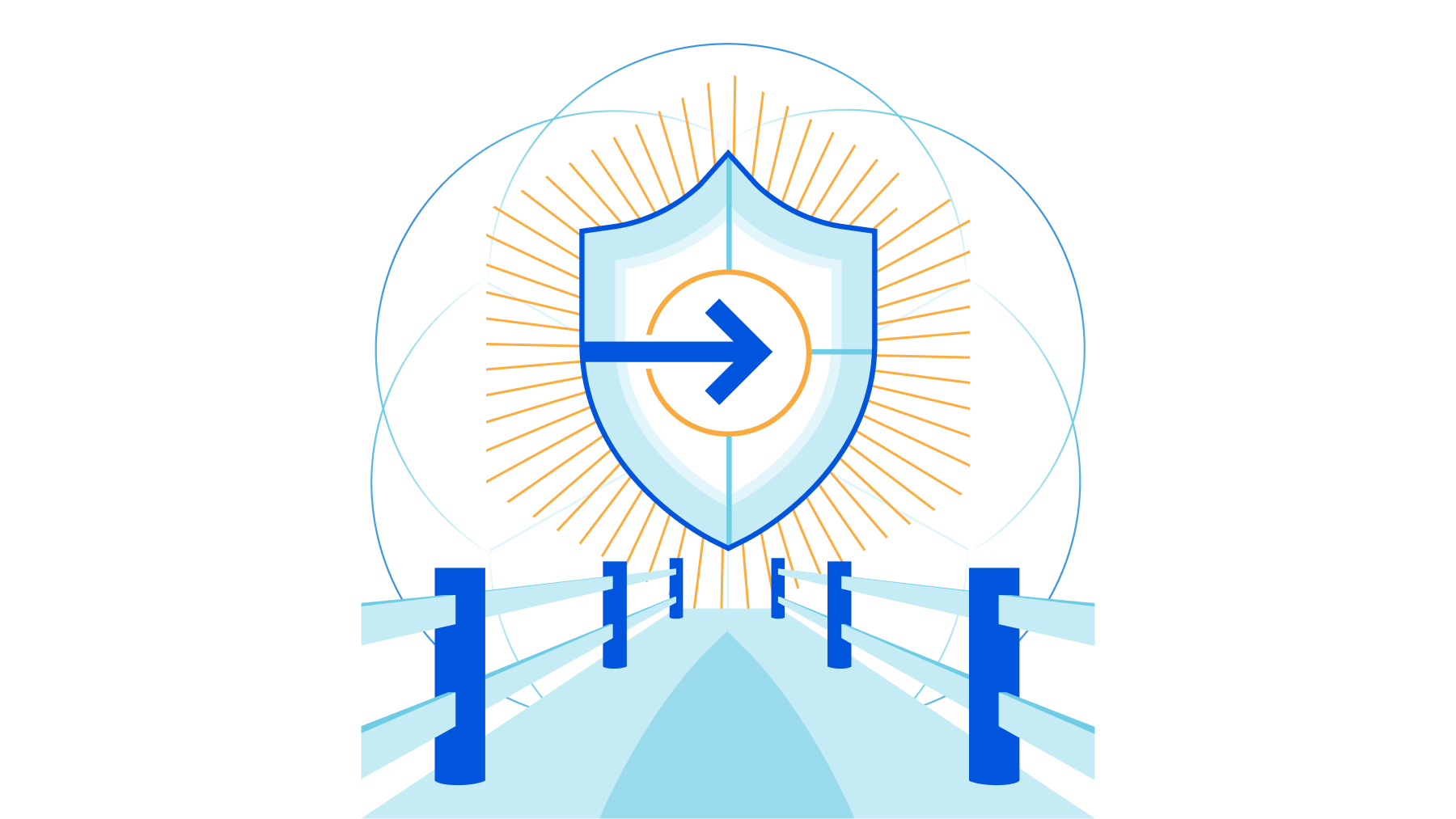
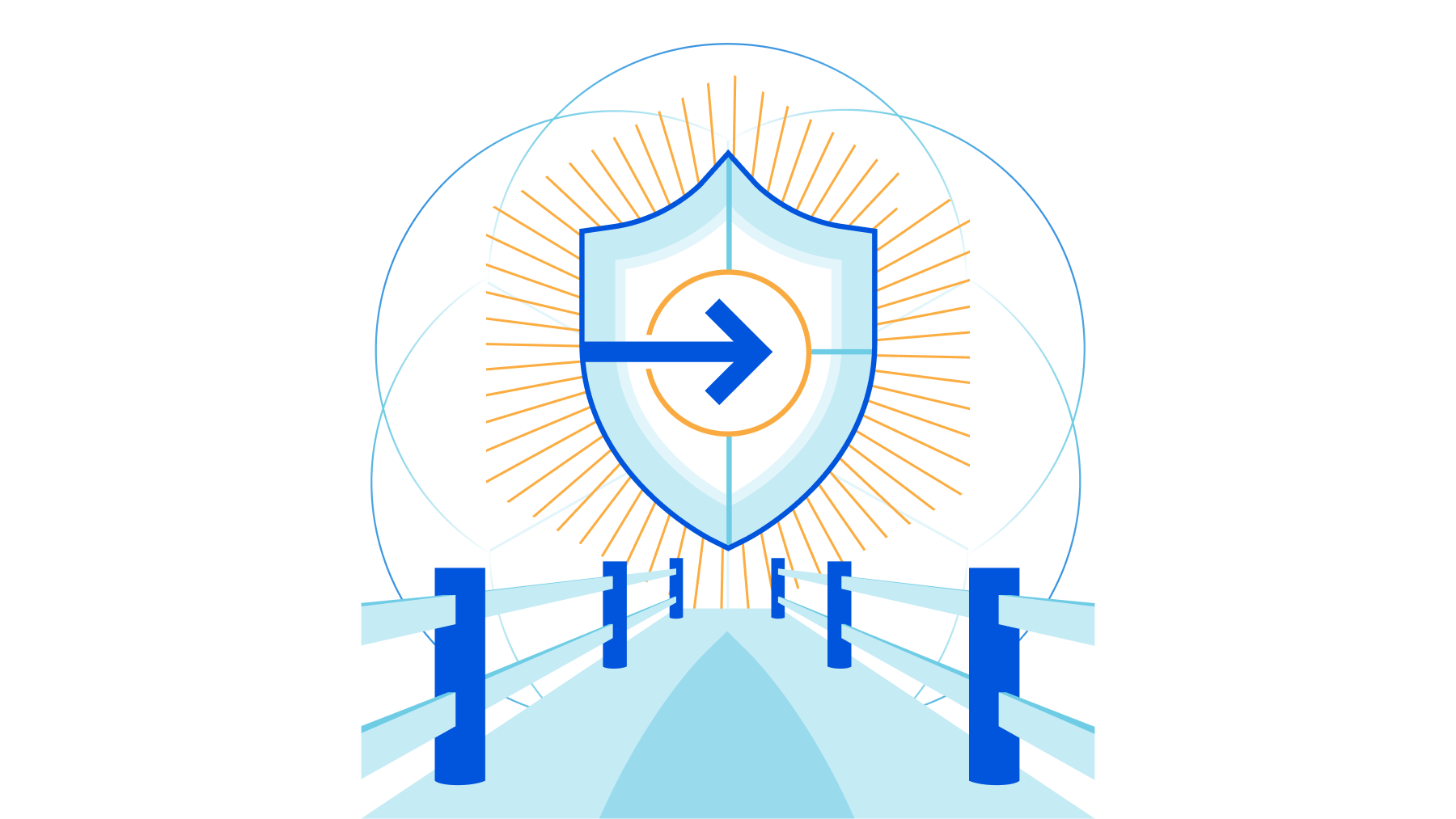
We know that migration to Zero Trust architecture won’t be an overnight process for most organizations, especially those with years of traditional hardware deployments and networks stitched together through M&A. But part of why we’re so excited about Cloudflare One is that it provides a bridge to Zero Trust for companies migrating from legacy network architectures.
Today, we’re doubling down on this — announcing more enhancements to the Cloudflare One platform that make a transition from legacy architecture to the Zero Trust network of the future easier than ever: new plumbing for more Cloudflare One on-ramps, expanded support for additional IPsec parameters, and easier on-ramps from your existing SD-WAN appliances.
When we announced our vision for Cloudflare One, we emphasized the importance of allowing customers to connect to our network however they want — with hardware devices they’ve already deployed, with any carrier they already have in place, with existing technology standards like IPsec tunnels or more Zero Trust approaches like our lightweight application connector. In hundreds of customer conversations since that launch, we’ve heard you reiterate the importance of this flexibility. You need a platform that meets you where you Continue reading


In an ideal world, intrusion detection would apply across your entire network - data centers, cloud properties, and branch locations. It wouldn’t impact the performance of your traffic. And there’d be no capacity constraints. Today, we’re excited to bring this one step closer to reality by announcing the private beta of Cloudflare’s intrusion detection capabilities: live monitoring for threats across all of your network traffic, delivered as-a-service — with none of the constraints of legacy hardware approaches.
Cloudflare’s Network Services, part of Cloudflare One, help you connect and secure your entire corporate network — data center, cloud, or hybrid — from DDoS attacks and other malicious traffic. You can apply Firewall rules to keep unwanted traffic out or enforce a positive security model, and integrate custom or managed IP lists into your firewall policies to block traffic associated with known malware, bots, or anonymizers. Our new Intrusion Detection System (IDS) capabilities expand on these critical security controls by actively monitoring for a wide range of known threat signatures in your traffic.
Intrusion Detection Systems are traditionally deployed as standalone appliances but often incorporated as features in more modern or higher end firewalls. They expand the security Continue reading


If you’re a security, network, or IT leader, you’ve most likely heard the terms Zero Trust, Secure Access Service Edge (SASE) and Secure Service Edge (SSE) used to describe a new approach to enterprise network architecture. These frameworks are shaping a wave of technology that will fundamentally change the way corporate networks are built and operated, but the terms are often used interchangeably and inconsistently. It can be easy to get lost in a sea of buzzwords and lose track of the goals behind them: a more secure, faster, more reliable experience for your end users, applications, and networks. Today, we’ll break down each of these concepts — Zero Trust, SASE, and SSE — and outline the critical components required to achieve these goals. An evergreen version of this content is available at our Learning Center here.
Zero Trust is an IT security model that requires strict identity verification for every person and device trying to access resources on a private network, regardless of whether they are sitting within or outside the network perimeter. This is in contrast to the traditional perimeter-based security model, where users are able to access resources once they’re granted access to Continue reading


Network Address Translation (NAT) is one of the most common and versatile network functions, used by everything from your home router to the largest ISPs. Today, we’re delighted to introduce a new approach to NAT that solves the problems of traditional hardware and virtual solutions. Magic NAT is free from capacity constraints, available everywhere through our global Anycast architecture, and operates across any network (physical or cloud). For Internet connectivity providers, Magic NAT for Carriers operates across high volumes of traffic, removing the complexity and cost associated with NATing thousands or millions of connections.
The main function of NAT is in its name: NAT is responsible for translating the network address in the header of an IP packet from one address to another - for example, translating the private IP 192.168.0.1 to the publicly routable IP 192.0.2.1. Organizations use NAT to grant Internet connectivity from private networks, enable routing within private networks with overlapping IP space, and preserve limited IP resources by mapping thousands of connections to a single IP. These use cases are typically accomplished with a hardware appliance within a physical network or a managed service delivered by Continue reading

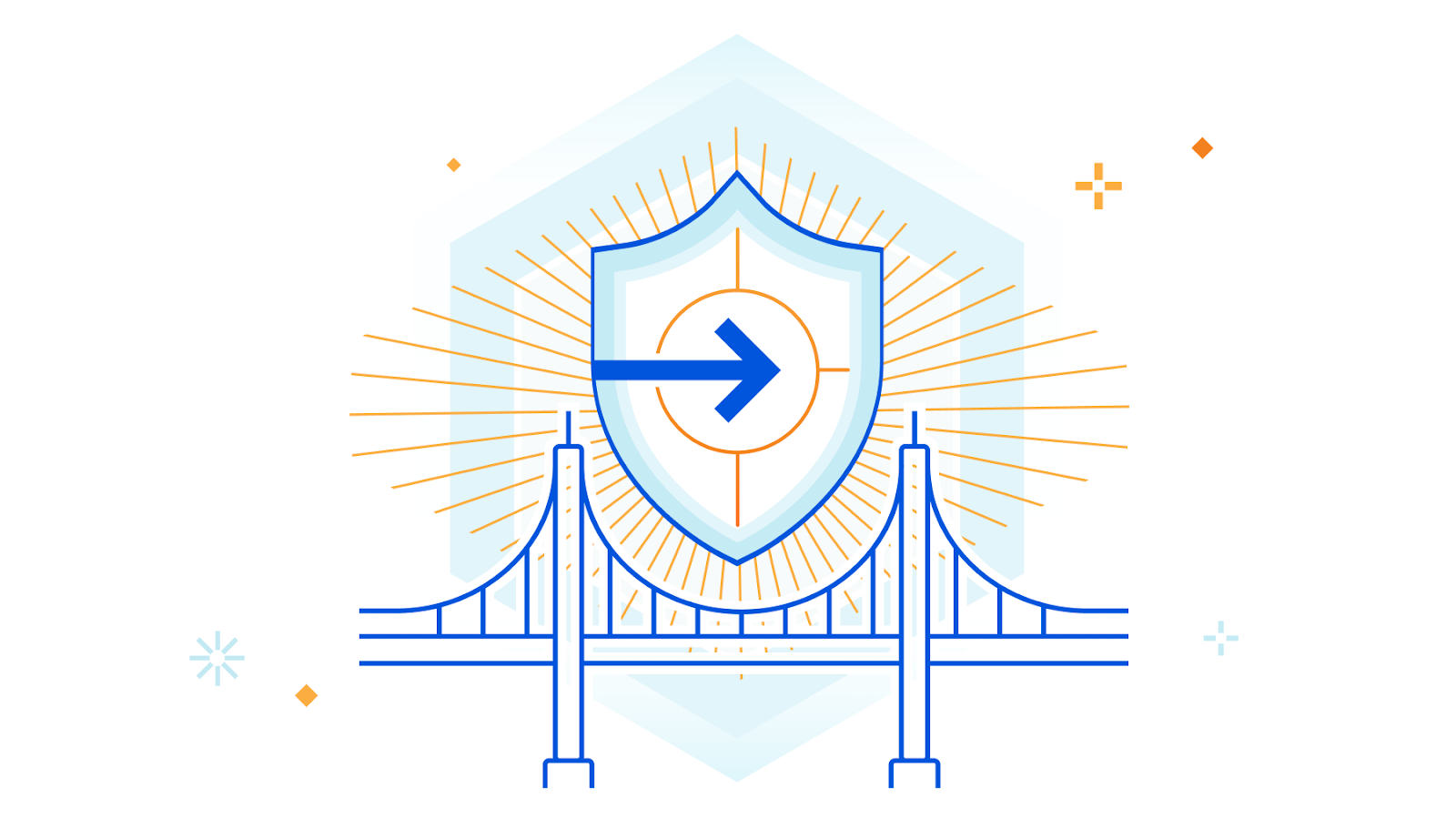
Cloudflare One enables customers to build their corporate networks on a faster, more secure Internet by connecting any source or destination and configuring routing, security, and performance policies from a single control plane. Today, we’re excited to announce another piece of the puzzle to help organizations on their journey from traditional network architecture to Zero Trust: the ability to route traffic from user devices with our lightweight roaming agent (WARP) installed to any network connected with our Magic IP-layer tunnels (Anycast GRE, IPsec, or CNI). From there, users can upgrade to Zero Trust over time, providing an easy path from traditional castle and moat to next-generation architecture.
Customers we talk to describe three distinct phases of architecture for their corporate networks that mirror the shifts we’ve seen with storage and compute, just with a 10 to 20 year delay. Traditional networks (“Generation 1”) existed within the walls of a datacenter or headquarters, with business applications hosted on company-owned servers and access granted via private LAN or WAN through perimeter security appliances. As applications shifted to the cloud and users left the office, companies have adopted “Generation 2” technologies like SD-WAN Continue reading
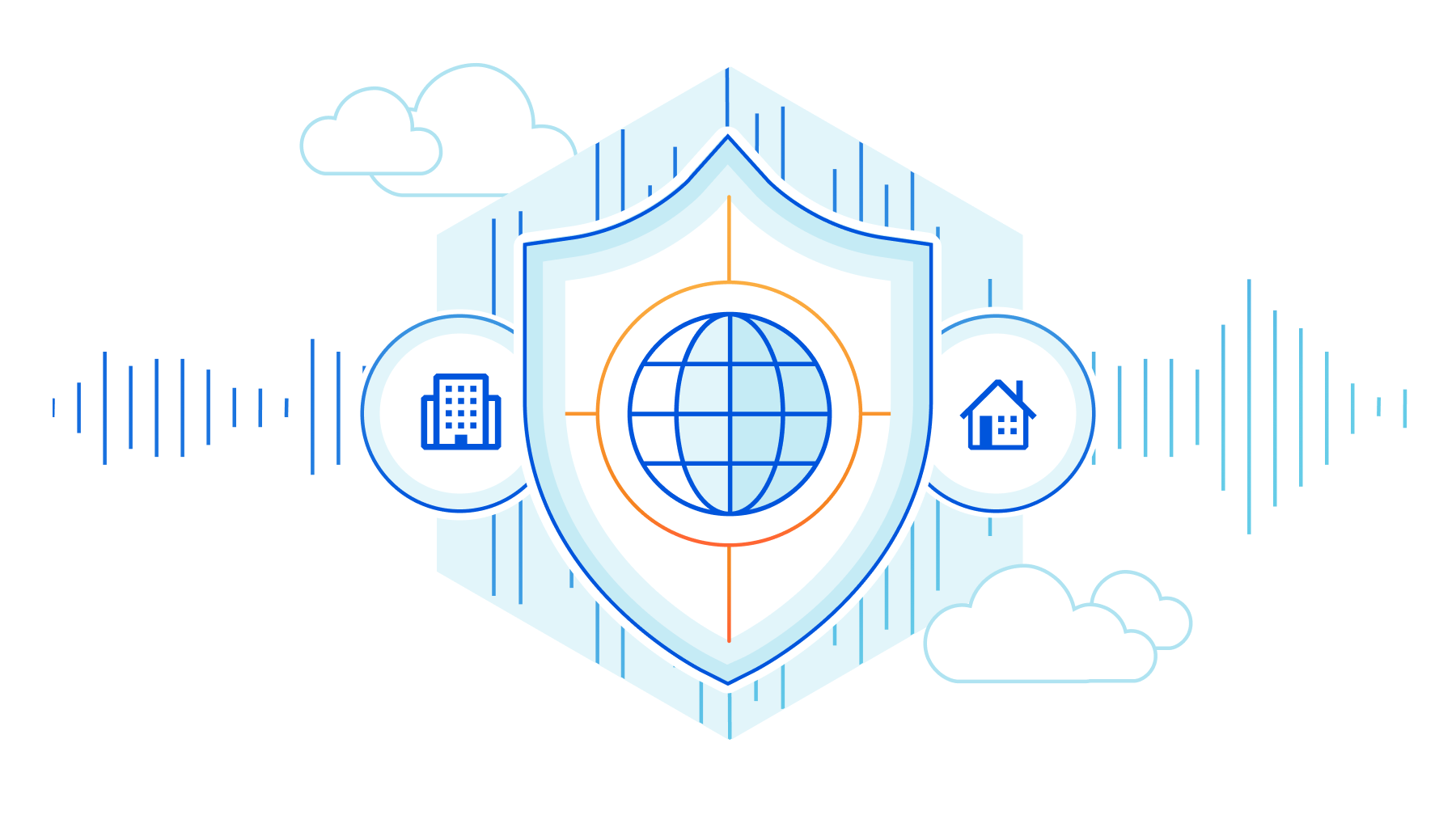
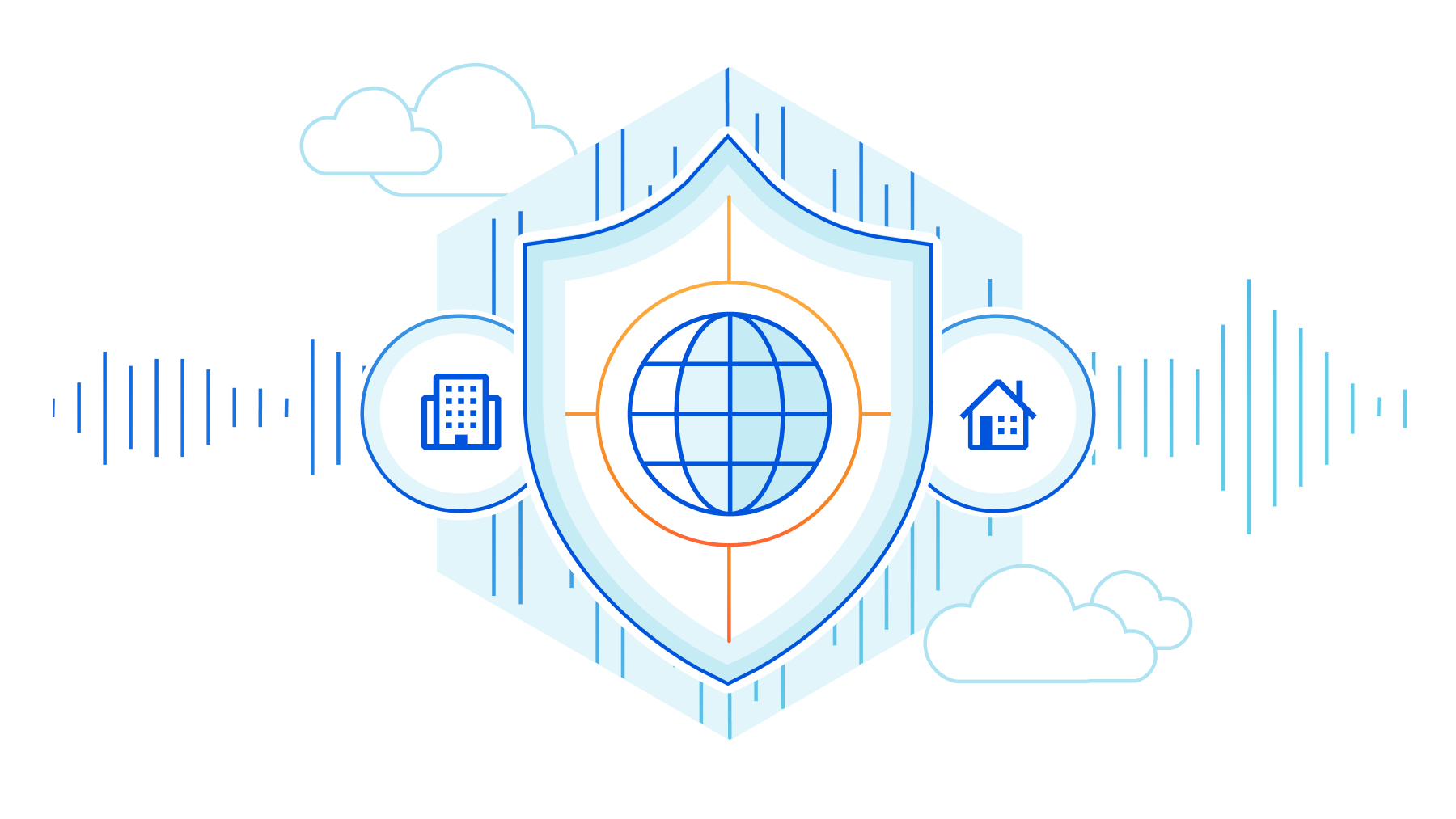
Magic Transit protects customers' entire networks—any port/protocol—from DDoS attacks and provides built-in performance and reliability. Today, we’re excited to extend the capabilities of Magic Transit to customers with any size network, from home networks to offices to large cloud properties, by offering Cloudflare-maintained and Magic Transit-protected IP space as a service.
Magic Transit extends the power of Cloudflare’s global network to customers, absorbing all traffic destined for your network at the location closest to its source. Once traffic lands at the closest Cloudflare location, it flows through a stack of security protections including industry-leading DDoS mitigation and cloud firewall. Detailed Network Analytics, alerts, and reporting give you deep visibility into all your traffic and attack patterns. Clean traffic is forwarded to your network using Anycast GRE or IPsec tunnels or Cloudflare Network Interconnect. Magic Transit includes load balancing and automatic failover across tunnels to steer traffic across the healthiest path possible, from everywhere in the world.
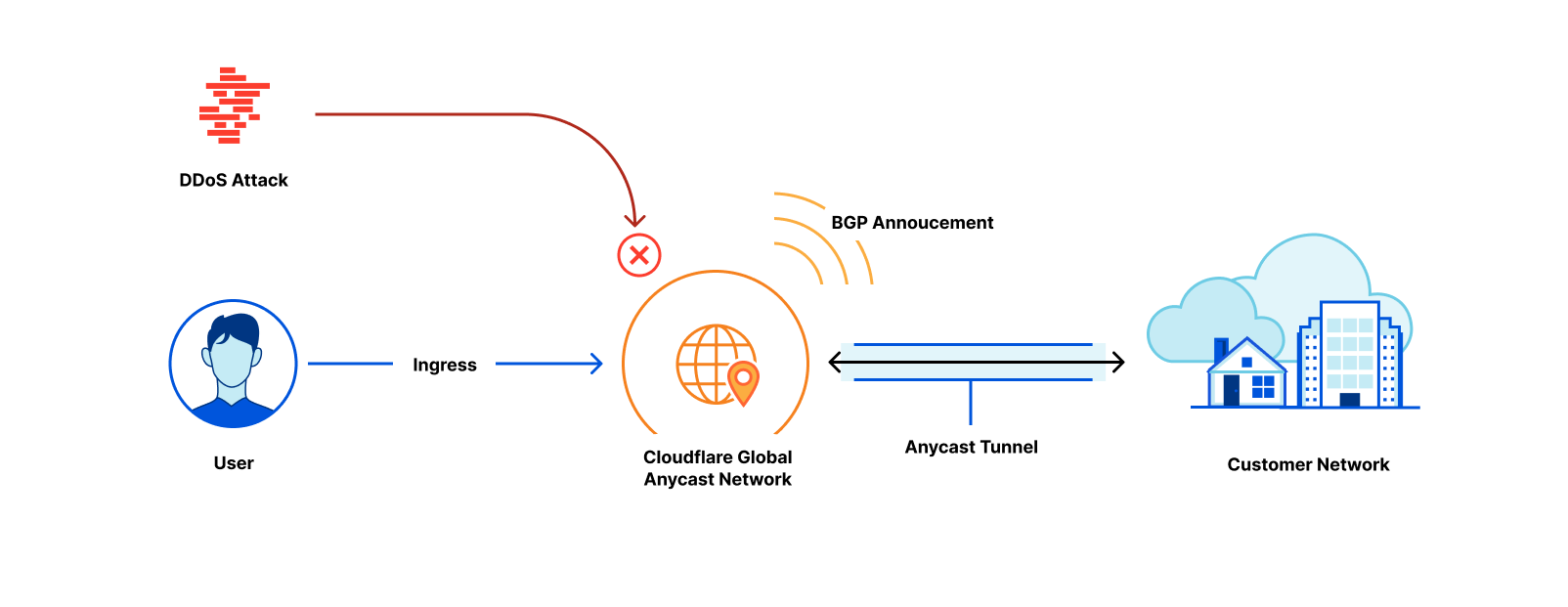
The “Magic” Continue reading
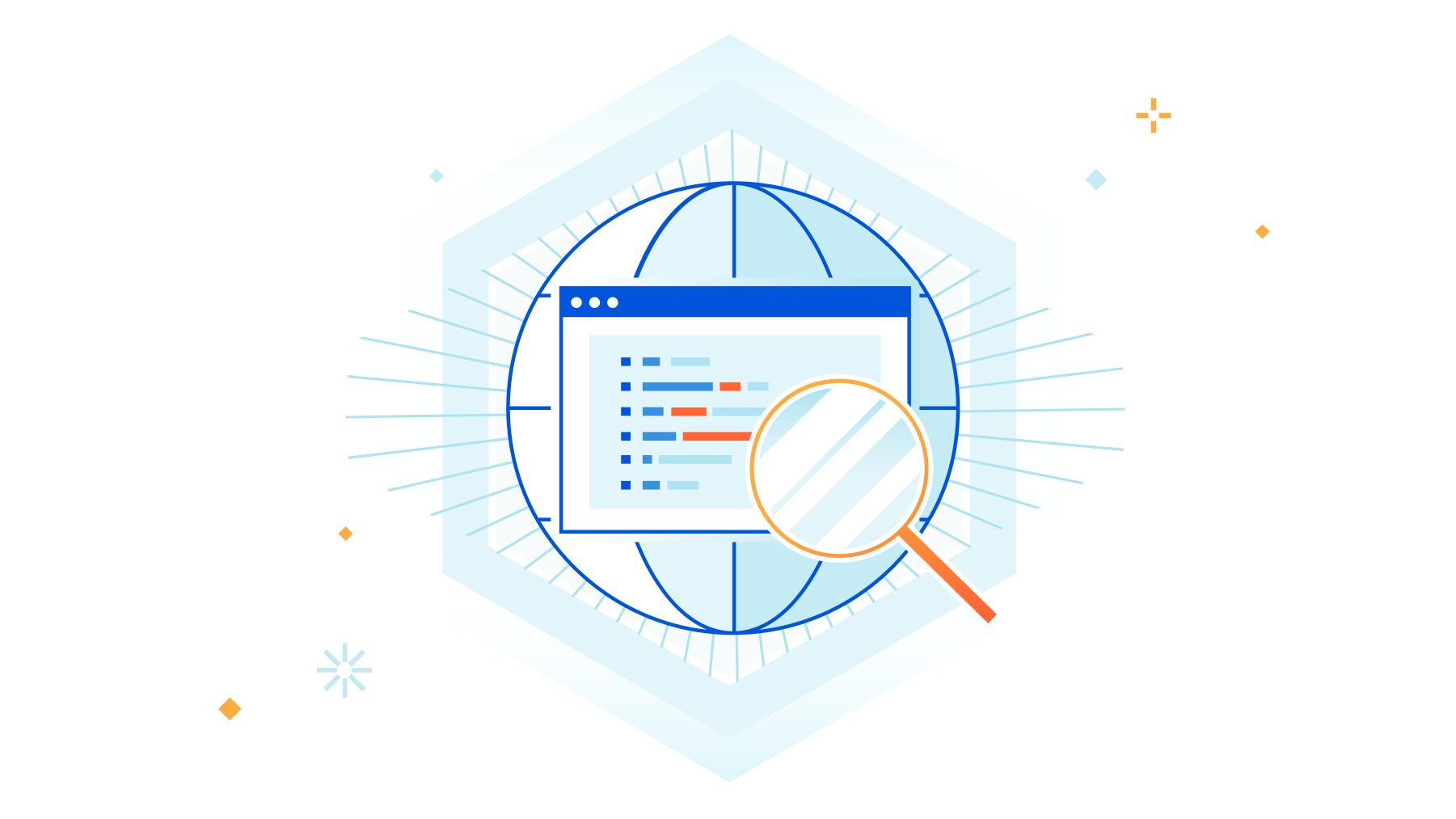
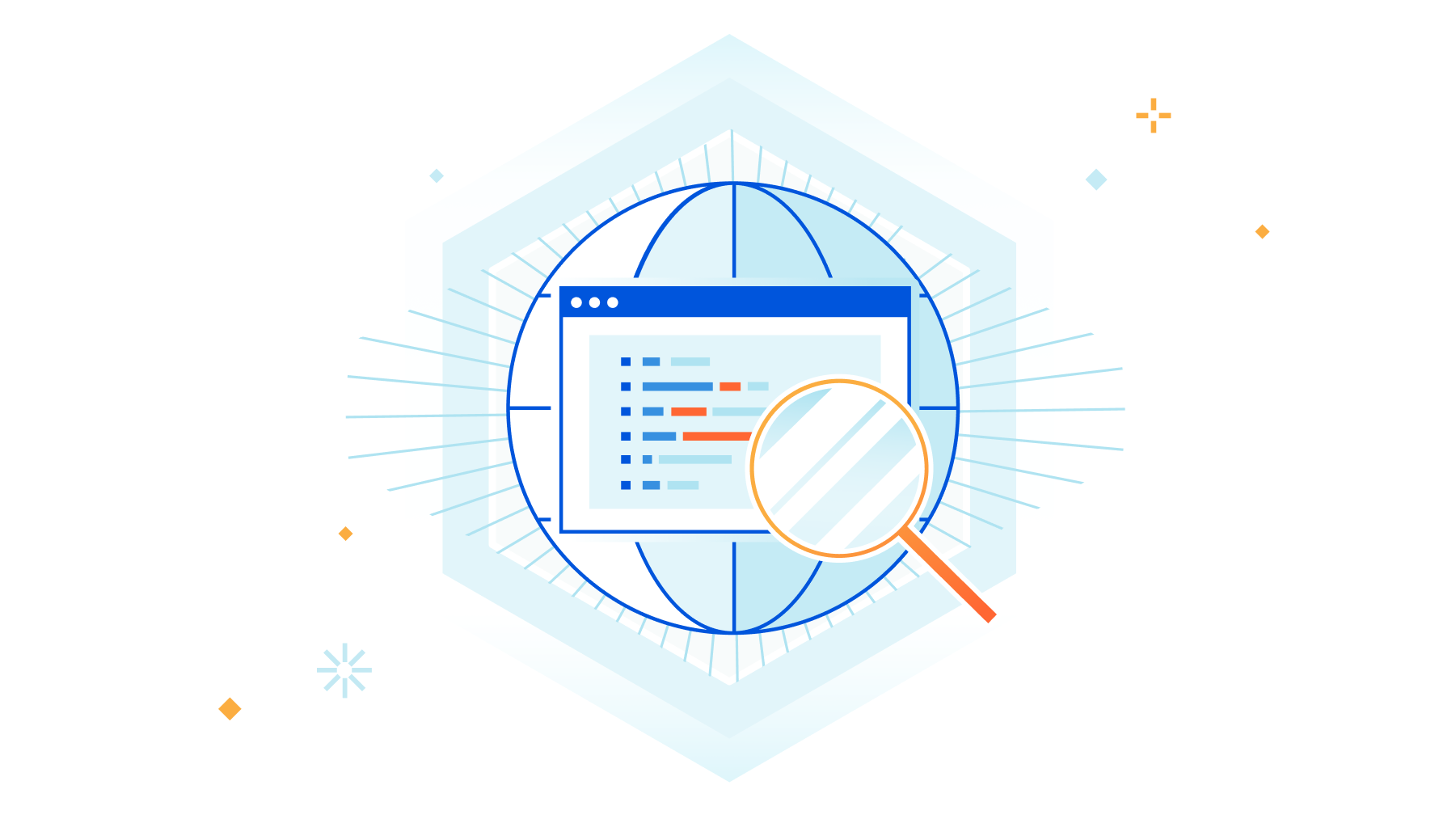
Packet captures are a critical tool used by network and security engineers every day. As more network functions migrate from legacy on-prem hardware to cloud-native services, teams risk losing the visibility they used to get by capturing 100% of traffic funneled through a single device in a datacenter rack. We know having easy access to packet captures across all your network traffic is important for troubleshooting problems and deeply understanding traffic patterns, so today, we’re excited to announce the general availability of on-demand packet captures from Cloudflare’s global network.
A packet capture is a file that contains all packets that were seen by a particular network box, usually a firewall or router, during a specific time frame. Packet captures are a powerful and commonly used tool for debugging network issues or getting better visibility into attack traffic to tighten security (e.g. by adding firewall rules to block a specific attack pattern).
A network engineer might use a pcap file in combination with other tools, like mtr, to troubleshoot problems with reachability to their network. For example, if an end user reports intermittent connectivity to a specific application, an engineer Continue reading


Today, we're excited to announce support for IPsec as an on-ramp to Cloudflare One. As a customer, you should be able to use whatever method you want to get your traffic to Cloudflare's network. We've heard from you that IPsec is your method of choice for connecting to us at the network layer, because of its near-universal vendor support and blanket layer of encryption across all traffic. So we built support for it! Read on to learn how our IPsec implementation is faster and easier to use than traditional IPsec connectivity, and how it integrates deeply with our Cloudflare One suite to provide unified security, performance, and reliability across all your traffic.
With Cloudflare One, customers can connect any traffic source or destination — branch offices, data centers, cloud properties, user devices — to our network. Traffic is routed to the closest Cloudflare location, where security policies are applied before we send it along optimized routes to its destination — whether that’s within your private network or on the Internet. It is good practice to encrypt any traffic that’s sensitive at the application level, but for customers who are transitioning from forms of Continue reading


The world of a Chief Information Officer has changed — today’s corporate networks look nothing like those of even five or ten years ago — and these changes have created gaps in visibility and security, introduced high costs and operational burdens, and made networks fragile and brittle.
We’re optimistic that CIOs have a brighter future to look forward to. The Internet has evolved from a research project into integral infrastructure companies depend on, and we believe a better Internet is the path forward to solving the most challenging problems CIOs face today. Cloudflare is helping build an Internet that’s faster, more secure, more reliable, more private, and programmable, and by doing so, we’re enabling organizations to build their next-generation networks on ours.
This week, we’ll demonstrate how Cloudflare One, our Zero Trust Network-as-a-Service, is helping CIOs transform their corporate networks. We’ll also introduce new functionality that expands the scope of Cloudflare’s platform to address existing and emerging needs for CIOs. But before we jump into the week, we wanted to spend some time on our vision for the corporate network of the future. We hope this explanation will clarify language and acronyms used by vendors and analysts who have realized Continue reading


We launched Magic Transit two years ago, followed more recently by its siblings Magic WAN and Magic Firewall, and have talked at length about how this suite of products helps security teams sleep better at night by protecting entire networks from malicious traffic. Today, as part of Speed Week, we’ll break down the other side of the Magic: how using Cloudflare can automatically make your entire network faster. Our scale and interconnectivity, use of data to make more intelligent routing decisions, and inherent architecture differences versus traditional networks all contribute to performance improvements across all IP traffic.
Cloudflare’s “Magic” services help customers connect and secure their networks without the cost and complexity of maintaining legacy hardware. Magic Transit provides connectivity and DDoS protection for Internet-facing networks; Magic WAN enables customers to replace legacy WAN architectures by routing private traffic through Cloudflare; and Magic Firewall protects all connected traffic with a built-in firewall-as-a-service. All three share underlying architecture principles that form the basis of the performance improvements we’ll dive deeper into below.
In contrast to traditional “point-to-point” architecture, Cloudflare uses Anycast GRE or IPsec (coming soon) tunnels to send and receive traffic for customer Continue reading


Over the past few days, as part of Cloudflare’s Impact Week, we’ve written about the work we’re doing to help build a greener Internet. We’re making bold climate commitments for our own network and facilities and introducing new capabilities that help customers understand and reduce their impact. And in addition to organization-level initiatives, we also recognize the importance of individual impact — which is why we’re excited to publicly introduce Greencloud, our sustainability-focused employee working group.
Greencloud is a coalition of Cloudflare employees who are passionate about the environment. Initially founded in 2019, we’re a cross-functional, global team with a few areas of focus:


Network-layer DDoS attacks are on the rise, prompting security teams to rethink their L3 DDoS mitigation strategies to prevent business impact. Magic Transit protects customers’ entire networks from DDoS attacks by placing our network in front of theirs, either always on or on demand. Today, we’re announcing new functionality to improve the experience for on-demand Magic Transit customers: flow-based monitoring. Flow-based monitoring allows us to detect threats and notify customers when they’re under attack so they can activate Magic Transit for protection.
Magic Transit is Cloudflare’s solution to secure and accelerate your network at the IP layer. With Magic Transit, you get DDoS protection, traffic acceleration, and other network functions delivered as a service from every Cloudflare data center. With Cloudflare’s global network (59 Tbps capacity across 200+ cities) and <3sec time to mitigate at the edge, you’re covered from even the largest and most sophisticated attacks without compromising performance. Learn more about Magic Transit here.
With Magic Transit, Cloudflare advertises customers’ IP prefixes to the Internet with BGP in order to attract traffic to our network for DDoS protection. Customers can choose to use Magic Transit always on or on demand. With always Continue reading

Earlier this week, we announced Cloudflare One™, a unified approach to solving problems in enterprise networking and security. With Cloudflare One, your organization’s data centers, offices, and devices can all be protected and managed in a single control plane. Cloudflare’s network is central to the value of all of our products, and today I want to dive deeper into how our network powers Cloudflare One.
Over the past ten years, Cloudflare has encountered the same challenges that face every organization trying to grow and protect a global network: we need to protect our infrastructure and devices from attackers and malicious outsiders, but traditional solutions aren’t built for distributed networks and teams. And we need visibility into the activity across our network and applications, but stitching together logging and analytics tools across multiple solutions is painful and creates information gaps.
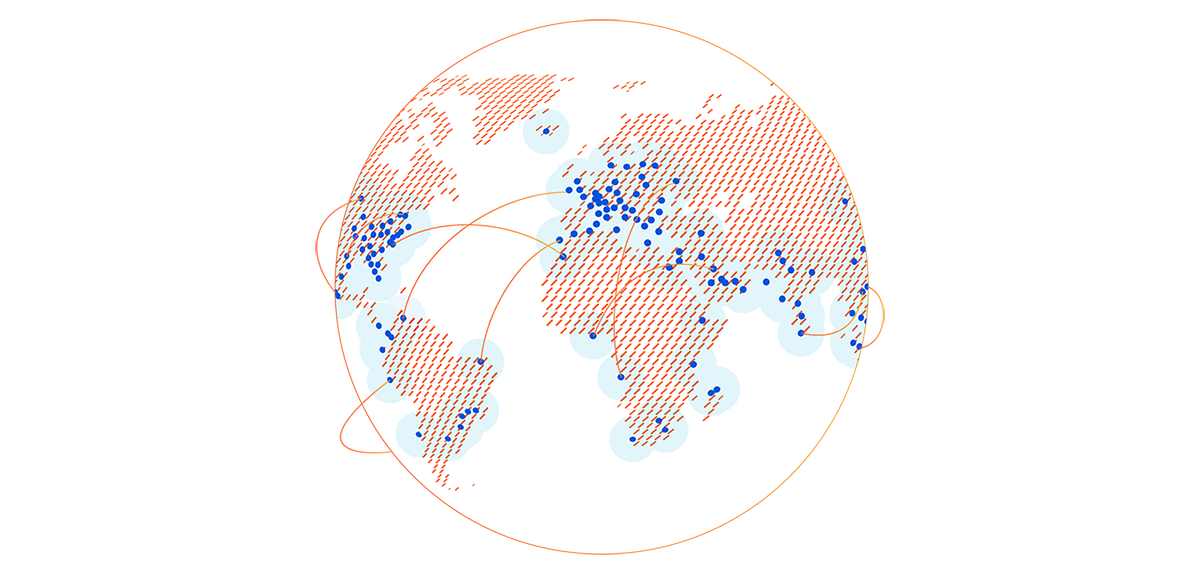
We’ve architected our network to meet these challenges, and with Cloudflare One, we’re extending the advantages of these decisions to your company’s network to help you solve them too.
Enterprises and some small organizations alike have team members around the world. Legacy models of networking forced traffic back through central choke points, slowing down users and constraining network scale. Continue reading


The most impactful internship experiences involve building something meaningful from scratch and learning along the way. Those can be tough goals to accomplish during a short summer internship, but our experience with Cloudflare’s 2019 intern program met both of them and more! Over the course of ten weeks, our team of three interns (two engineering, one product management) went from a problem statement to a new feature, which is still working in production for all Cloudflare customers.
Cloudflare sits between customers’ origin servers and end users. This means that all traffic to the origin server runs through Cloudflare, so we know when something goes wrong with a server and sometimes reflect that status back to users. For example, if an origin is refusing connections and there’s no cached version of the site available, Cloudflare will display a 521 error. If customers don’t have monitoring systems configured to detect and notify them when failures like this occur, their websites may go down silently, and they may hear about the issue for the first time from angry users.


This problem became the starting Continue reading